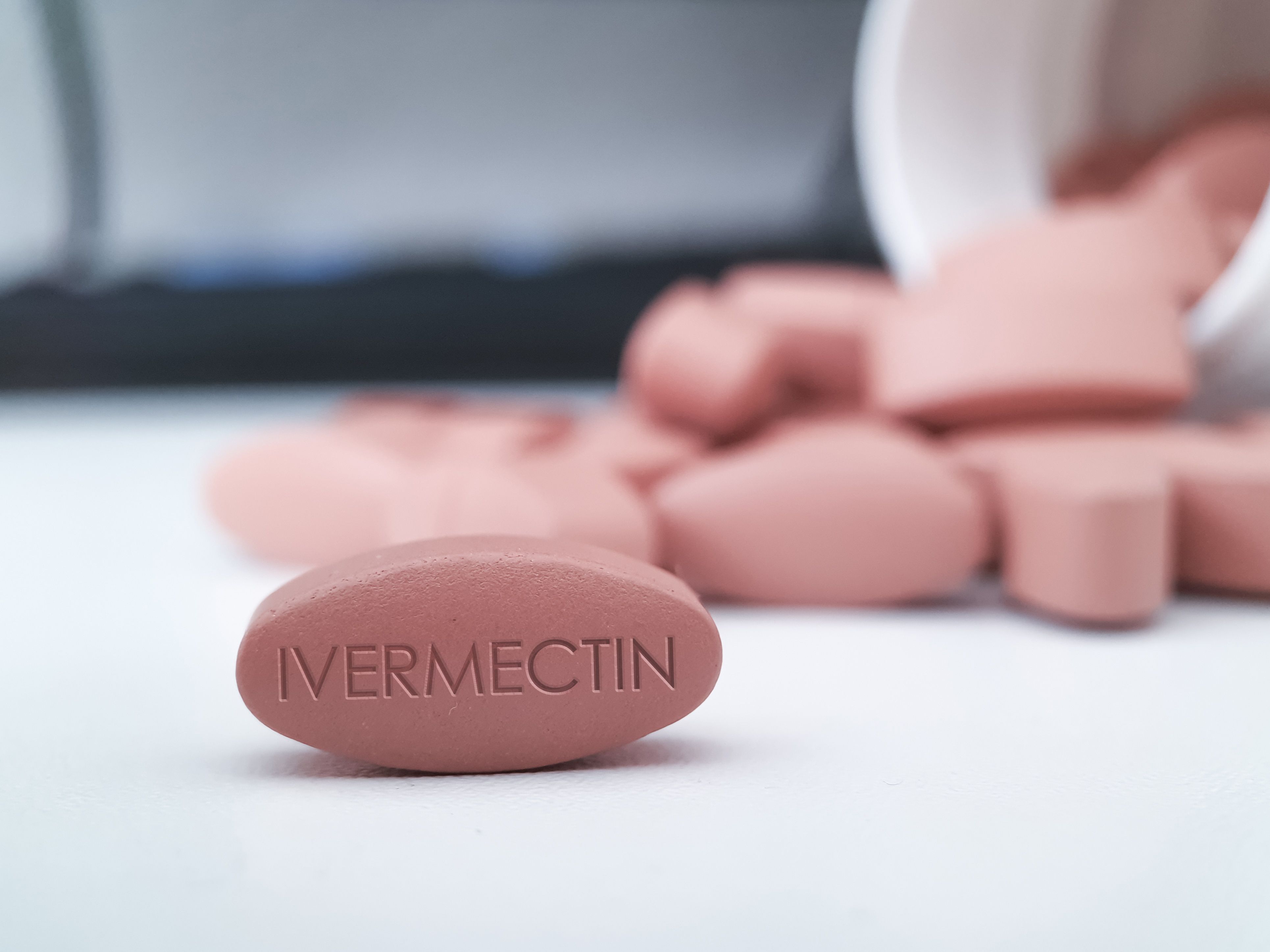Cloruson and Related Substances Studied Using Original Ion-Pair UHPLC Method
In a recent study out of Boehringer Ingelheim Animal Health USA Inc. in North Brunswick, New Jersey, Daoli Zhao and Abu M. Rustum investigated cloruson and its related substances using an original ion-paired reversed phase ultraperformance liquid chromatography (IP-UHPLC) method. Their findings were published in the Journal of Pharmaceutical and Biomedical Analysis (1).
Ivermectin tablet medication | Image Credit: © Soni's - stock.adobe.com

Clorsulon, also known as 4-amino-6-(1,2,2-trichloroethenyl)-benzene-1,3-disulfonamide, is an anthelmintic agent that is typically used alongside ivermectin to treat and control internal parasites and adult liver flukes (Fasciola hepatica, Fasciola magna and Fasciola gigantica) in sheep and cattle. Usually delivered as a suspension or in injectable forms, clorsulon inhibits parasite enzyme systems, which is the primary source of energy in flukes. Clorsulon is shown to be more effective against mature flukes, killing adult flukes within sheep at rates of 98% based on fecal egg counts, 99% based on the postmortem studies and 100% based on dictyocaulus filaria larval counts.
To determine clorsulon and its related substances, the scientists developed and validated a rapid ion-paired reversed phase ultraperformance liquid chromatography (IP-UHPLC) method. The new IP-UHPLC showed sample analysis times that were approximately 65% less than the current USP HPLC method for clorsulon, all while showing significantly improved selectivity and sensitivity. Stress degradation studies were conducted under International Council of Harmonization (ICH)-prescribed guidelines, and the method was said to be easily implemented for routine or non-routine analysis of clorsulon API (active pharmaceutical ingredient) samples. These experiments were performed in bulk drug substances batches of clorsulon with a short octadecyl column.
The analytes were eluted with a gradient elution on a Acquity UPLC® BEH C18 column (50 mm × 2.1 mm i.d., 1.7 µm particle size). Column temperature was maintained at 55 °C, and all analytes were monitored using UV detection at 268 nm. Two mobile phases were used in the experiment, mobile phase A constituting 3 mM tetrabutylammonium hydroxide in H2O and mobile phase B constituting acetonitrile/methanol (50/50, v/v), respectively.
All analytes of interest were separated to acceptable levels within 5 minutes. They were all quantitated against an external reference standard of cloruson, and the chemical structures of clorsulon’s degradation products were proposed based on two-dimensional UHPLC-MS data. With these findings, the IP-UHPLC method was successfully validated and shown to be accurate, sensitive, robust, and specific.
Reference
(1) Zhao, D.; Rustum, A. M. Determination of Clorsulon and Its Related Substances in Commercial Bulk Drug Substance Batches By a Rapid Ion-Pair UPLC Method. J. Pharm. Biomed. Anal. 2024, 239, 115896. DOI: https://doi.org/10.1016/j.jpba.2023.115896
SPE-Based Method for Detecting Harmful Textile Residues
January 14th 2025University of Valencia scientists recently developed a method using solid-phase extraction (SPE) followed by high-performance liquid chromatography coupled to high-resolution mass spectrometry (HPLC–HRMS/MS) for detecting microplastics and other harmful substances in textiles.
SPE-Based Method for Detecting Harmful Textile Residues
January 14th 2025University of Valencia scientists recently developed a method using solid-phase extraction (SPE) followed by high-performance liquid chromatography coupled to high-resolution mass spectrometry (HPLC–HRMS/MS) for detecting microplastics and other harmful substances in textiles.